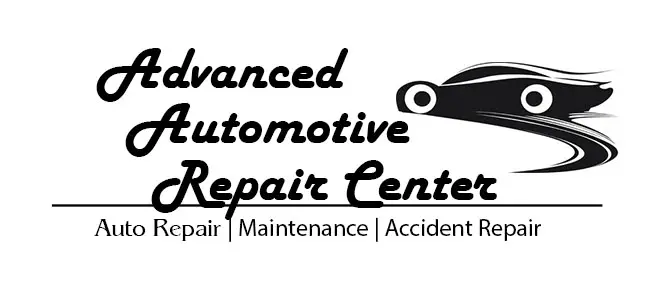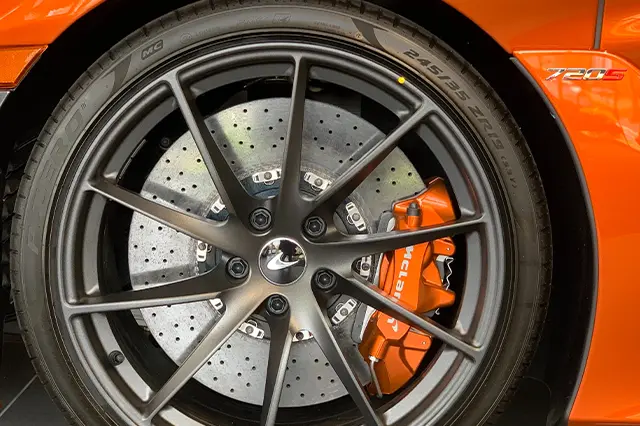
How long does a brake job take?
Brakes are one of the most important parts of a car, and they need to be serviced and replaced on a regular basis. When you have your brakes serviced, the technician will likely do a brake job. What is a brake job? A brake job is simply the installation of new brake pads or rotors. This blog post covers the basics of brake jobs and how long they typically take to complete. If you’re ever in need of a brake job, this information will help you get the best possible service.
How long does it take to do a brake job?
A brake job typically takes between 1 and 2 hours to complete. The technician will first inspect the system to ensure that all parts are functioning properly. Next, they will remove and clean any debris or oxidation from the calipers, rotors, and pads. They will then apply a new pad compound to the rotors and change the pads if necessary. Finally, they will re-install the components and test the system.
What is included in a brake job?
A brake job can take anywhere from a few hours to a couple of days depending on the severity of the issue and the size and complexity of the job. In most cases, a technician will first verify that the problem is with the brakes themselves and not something else in the car. If it’s determined that repairs are necessary, then a technician will remove any damaged parts and replace them with new ones. Depending on the make and model of your car, repairs may also include adjusting or installing new pads or rotors.
The different types of brakes
There are many different types of brakes and each has its own unique set of requirements when it comes to installation, maintenance, and repair. Here is a brief overview of the most common types of brakes:
Disc brakes: disc brakes use a rotating drum or rotor to stop the vehicle. They are the most common type of brake found on vehicles today.
Hydraulic disc brakes: hydraulic disc brakes use a hydraulic system to compress a fluid pad between two discs. This provides much better stopping power and greater resistance to wear than traditional mechanical disc brakes.
Pioneer braking systems: pioneer braking systems are an advanced form of hydraulic disc brake that uses sensors to detect the weight and speed of the vehicle in front of them. This system then automatically adjusts the pressure applied to the pads so that you get maximum stopping power for your vehicle.
Disc/piston brakes: disc/piston brakes use a combination of a rotors and pistons to stop the vehicle. This type of brake is often cheaper to operate than either disc or hydraulic disc brakes, but suffers from lower stopping power and greater wear than either type of brake alone.
Drum brakes: drum brakes use a spinning drum to stop the vehicle. They are less common than disc or hydraulic disc brakes, but are still found on many vehicles today.
Wheel-brakes: wheel-brakes are also known as hub or rim brakes. They use the wheels on the vehicle to stop the vehicle. Wheel-brakes are the most common type of brake found on bicycles and motorcycles.
Conclusion
A brake job can take quite a while depending on the severity of the issue. It is always best to have a qualified technician do the work as they will have the proper tools and knowledge to complete the task quickly and efficiently.
